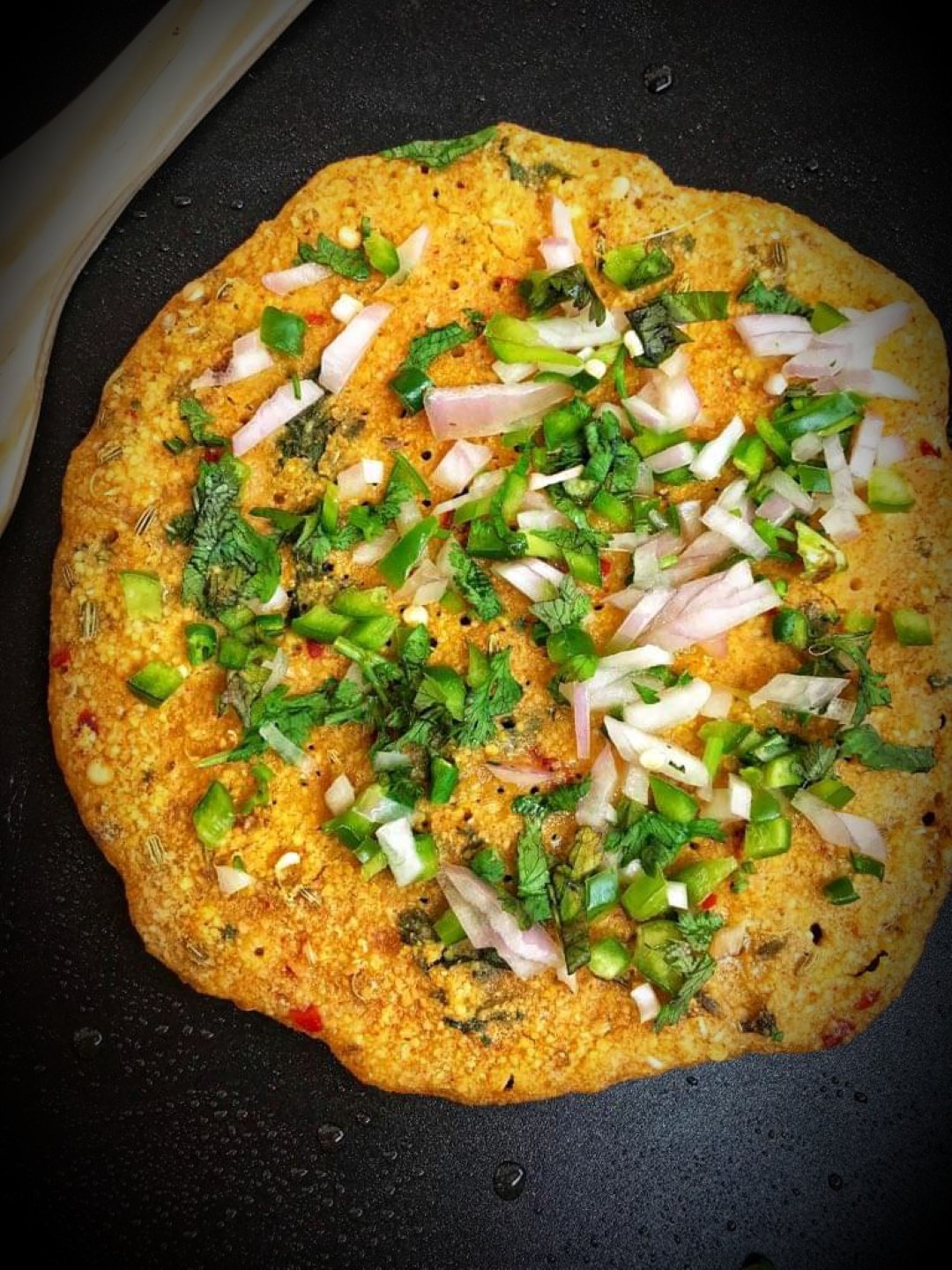
As the culinary world evolves, the quest for sustainable and ethical alternatives to seafood has led to a remarkable innovation: vegan shrimp substitutes. These alternatives are not just a testament to culinary creativity but also reflect a growing consciousness towards environmental preservation and animal welfare. Let’s delve deeper into the world of vegan shrimp substitutes, exploring the best options available, their nutritional implications, and how they can be seamlessly integrated into your culinary repertoire.
The Rise of Vegan Shrimp: A Culinary Revolution
The journey to find the perfect vegan shrimp substitute is driven by the desire to replicate the unique texture and flavor of shrimp without compromising on ethics or sustainability. This quest has led to the discovery of several plant-based alternatives that closely mimic the culinary characteristics of shrimp, offering a guilt-free solution to seafood lovers.
King Oyster Mushrooms: Celebrated for their substantial, meaty texture, king oyster mushrooms stand as the premier choice for emulating the firmness and bite of shrimp. When marinated with seaweed, lemon, and a pinch of salt, they adopt a seafood-like flavor that’s both convincing and delightful.
Hearts of Palm: This tender, mildly flavored vegetable is a culinary chameleon, able to mimic the texture of shrimp remarkably well. Its ability to absorb flavors makes it an excellent base for vegan seafood dishes, allowing chefs to get creative with marinades and seasonings.
Konjac Shrimp: Derived from the konjac plant, this innovative substitute offers a neutral flavor and a versatility in texture that’s ideal for various culinary applications. Whether it’s in a spicy curry or a delicate stir-fry, konjac shrimp absorbs the essence of its accompanying ingredients, making each bite a flavorful experience.
Artichoke Hearts: Beyond their slightly sweet taste, artichoke hearts have a texture that can be cleverly used as a stand-in for shrimp. Marinated and cooked with the right herbs and spices, they can bring a sophisticated twist to any vegan seafood dish.
Commercially Available Vegan Shrimp: For those seeking convenience without sacrificing taste, several brands have stepped up to offer ready-made vegan shrimp products. Crafted from a blend of plant-based ingredients, these products are seasoned to perfection, ready to be the star of your next vegan meal.
Nutritional Insights: Balancing Taste and Health
While the taste and texture of vegan shrimp substitutes are crucial, their nutritional content is equally important. Real shrimp is known for being a lean source of protein and a good source of omega-3 fatty acids. To replicate these benefits, incorporating a variety of protein-rich plant foods is key.
- Protein: Enhance your dishes with other protein sources like soy products, lentils, and beans to ensure you’re meeting your daily protein needs.
- Omega-3 Fatty Acids: Flaxseeds, chia seeds, and walnuts can provide the essential omega-3s that are often associated with seafood.
- Iodine: Including seaweed in your diet can supply the iodine that you would typically obtain from seafood, supporting thyroid health and metabolism.
- Vitamin B12: Often fortified in plant milks and breakfast cereals, vitamin B12 is vital for nerve function and energy production.
Culinary Creations: Vegan Shrimp Dishes Reimagined
Transforming traditional seafood dishes into vegan masterpieces is an exciting challenge for any chef or home cook. Here are some inspired ways to use vegan shrimp substitutes in your cooking:
- Vegan Shrimp Scampi: Utilize king oyster mushrooms or konjac shrimp in a luscious garlic, lemon, and white wine sauce, tossed with your favorite pasta for a dish that promises indulgence in every forkful.
- Vegan Paella: A Spanish classic reimagined with hearts of palm and artichoke hearts, brimming with the vibrant flavors of smoked paprika and saffron, offering a feast for the senses.
- Vegan Shrimp Tacos: Spice-coated hearts of palm, fried to perfection and served in soft tortillas with fresh salsa and creamy avocado, for a Mexican-inspired treat that will have everyone coming back for seconds.
- Vegan Shrimp Cocktail: Perfect for gatherings, use commercially available vegan shrimp served with a tangy cocktail sauce, showcasing how plant-based eating can be both sophisticated and delicious.
Conclusion: The Future of Vegan Seafood
The exploration of vegan shrimp substitutes is more than a culinary trend; it’s a movement towards more conscious eating. By choosing plant-based alternatives, we not only honor our health and palate but also contribute to a more sustainable and compassionate world. As we continue to innovate and embrace these alternatives, the future of seafood is set to be as diverse and delicious as ever, proving that the best flavors come from the earth.
Whether you’re a seasoned vegan or simply looking to diversify your diet, the world of vegan shrimp substitutes offers a sea of possibilities waiting to be discovered. So, why not dive in and see where these culinary currents take you?












